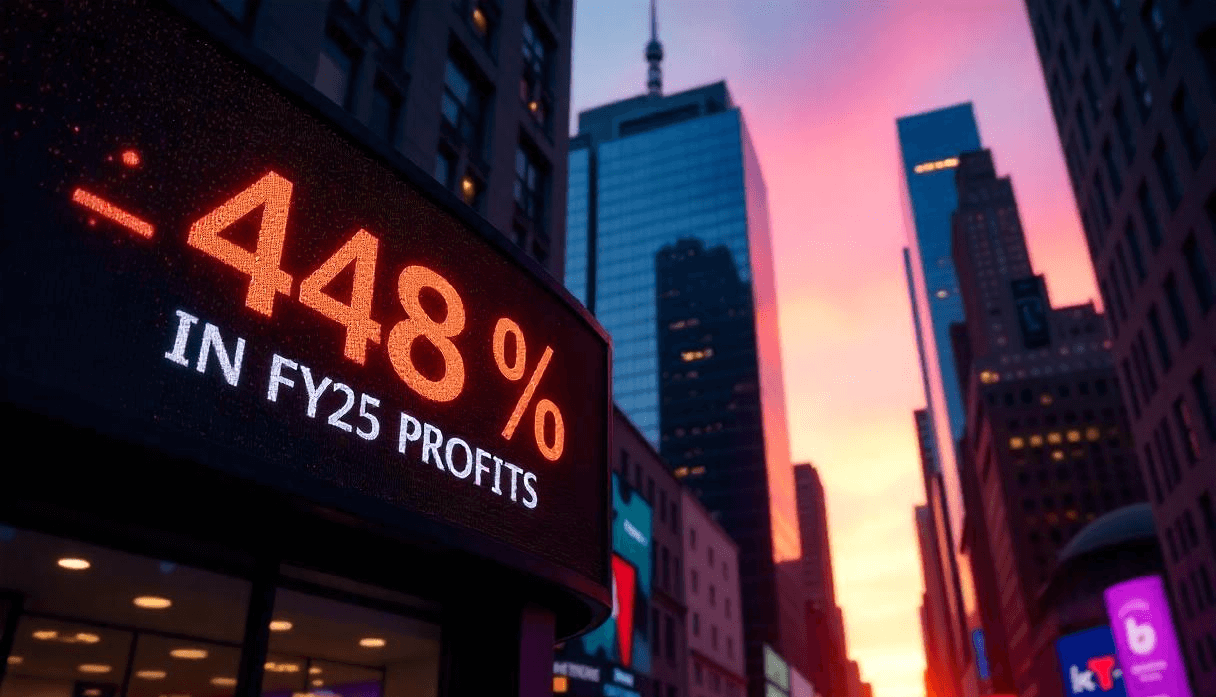Recovery Agents in Demand as Unsecured Loan Stress Rises in India

India’s retail credit sector has seen explosive growth over the past few years, especially in the unsecured loan segment—covering personal loans, credit cards, Buy Now Pay Later (BNPL) products, and small business loans. However, this growth has also brought with it a sharp rise in delinquencies and defaults, particularly in the post-pandemic and inflation-hit economy.
As a result, banks, NBFCs (Non-Banking Financial Companies), and fintech lenders are increasing their reliance on recovery agents—a move signaling a clear attempt to control risk and safeguard profitability in one of the most dynamic but vulnerable credit sectors.
Unsecured Loan Boom: A Double-Edged Sword
Rapid Expansion
India's retail credit market has more than doubled over the past five years. According to the RBI, the unsecured loan book of Indian banks and NBFCs crossed ₹14 lakh crore by the end of FY24, up from ₹10 lakh crore in FY22.
Driven by:
- Digital transformation of lending,
- Aggressive customer acquisition by fintechs,
- Increased consumer demand post-COVID,
- Wider financial inclusion, particularly in Tier II and III cities.
Loosening Underwriting Norms
With intense competition and the push for scale, many lenders relaxed credit assessment norms. Fintechs and NBFCs often relied on alternative credit data, such as mobile usage, income statements, and transaction history—but without robust verification, this led to high-risk portfolios.
Signs of Emerging Stress
Over the past two quarters, early warning signs have become evident:
- Rise in Delinquencies and NPAs
- According to TransUnion CIBIL, delinquency rates for unsecured personal loans rose from 1.9% in Q4 FY23 to 2.8% in Q4 FY24.
- Credit card delinquencies also saw a marginal uptick, indicating borrower fatigue.
- Millennial and First-Time Borrower Defaults
- Many borrowers aged 25–35 are now showing signs of over-leverage.
- A single borrower managing multiple credit products (BNPL, credit cards, personal loans) is not uncommon, raising repayment pressure.
- Stress in Lower Income and Rural Segments
- The biggest stress is being felt in lower-income segments and Tier II/III geographies, where recovery infrastructure is weak and financial literacy remains low.
Comeback of the Recovery Agent Ecosystem
Why the Sudden Demand?
Lenders are increasingly reverting to on-ground, door-step recovery mechanisms to improve collections. This includes:
- Hiring in-house recovery officers
- Contracting third-party collection agencies
- Deploying tech-powered field agents with geo-location tracking and borrower data insights
Even fintechs that once prided themselves on 100% digital collections are now onboarding recovery partners.
Key Trends:
- 20–30% increase in recovery agent hiring by top NBFCs and private banks in FY25.
- Introduction of performance-based incentives to improve collection efficiency.
- Digital + Physical Hybrid Model: Use of AI-generated borrower risk scoring, followed by field visits for recovery.
RBI's Framework to Protect Borrower Rights
The RBI has been vocal about fair practices in loan recovery. The regulator’s guidelines mandate that:
- Recovery agents must identify themselves.
- Calls and visits must be made between 8 am and 7 pm only.
- No abusive or threatening language is permitted.
- All collection practices must adhere to data privacy norms and borrower dignity.
Despite these guidelines, borrower complaints have risen, prompting RBI to enhance surveillance on recovery practices, particularly in fintech lending.
Sector-Wise Recovery Agent Deployment
|
Lender Type |
Recovery Model |
Focus Areas |
|
Private Banks |
In-house & agency mix |
Urban salaried borrowers |
|
NBFCs |
Outsourced agents |
Rural & semi-urban areas |
|
Fintechs |
Newly onboarded partners |
Tier II/III, online BNPL defaults |
Impact on the Lending Ecosystem
For Lenders:
- Profitability pressure is mounting due to rising credit costs and provisioning requirements.
- Many lenders are revisiting their credit appraisal models, especially for repeat BNPL and pre-approved personal loans.
For Borrowers:
- Stricter eligibility norms are being rolled out.
- Pre-approved offers are being scaled back, and credit limits are being revised.
- Repeat defaulters are being reported more aggressively to credit bureaus.
For Regulators:
- Continuous monitoring of both lender disbursements and recovery practices.
- More compliance checks on fintechs and digital lending apps to prevent misuse and harassment.
Looking Ahead: Will Recovery Agents Stay Central?
As the unsecured credit landscape matures, the future may see:
- Increased use of predictive analytics to identify high-risk borrowers before default.
- Development of ethical AI-based recovery tools.
- Greater collaboration between fintechs, NBFCs, and traditional banks to build shared recovery infrastructure.
However, physical recovery agents will likely remain essential for a large segment of borrowers—especially in rural India or among those who prefer in-person resolution.
Conclusion
The return of recovery agents is a clear indication that India's lending ecosystem is undergoing a recalibration. While the unsecured credit boom fueled consumption and inclusion, the need for robust risk management and ethical recovery practices is now paramount.
Lenders must walk a fine line—balancing growth and profitability while ensuring borrower dignity and financial health. The rise in demand for recovery agents is not just a response to rising stress—it’s a signal for systemic course correction in India’s lending economy.
Recent post
Take Fintegriti for a Test Drive
No License Required!
Still on the fence? Hop in and experience payments so smooth,
even your morning coffee will be jealous



